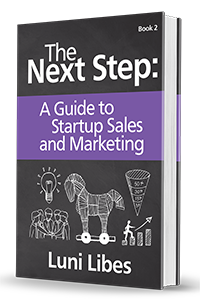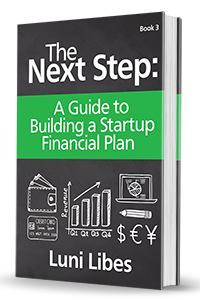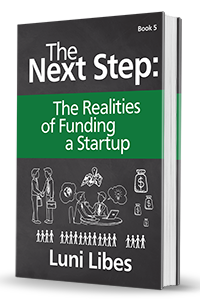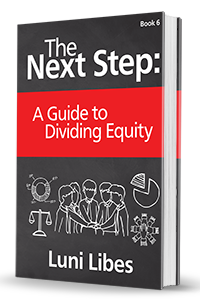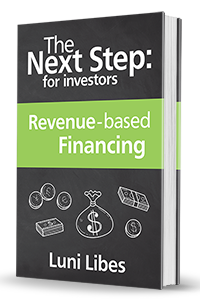Professional capitalists.
If you follow entrepreneurship in newspapers, magazines, and blogs, you might think that the norm is for startups to be funded by venture capitalists. In reality, venture capitalists fund very few startups. Typically, each VC fund makes just three to five investments per year, for a total of fifteen to twenty investments in five years. And, typically, new companies receive funds from two separate VCs. In aggregate, fewer than 2,000 companies receive a first-time investment from a VC fund per year across the whole U.S.
The reason every venture-backed startup is talked about in the news is that those deals are newsworthy in their rarity.
The reality is that Angels fund far more deals and provide more total capital to startups than venture capitalists. Meanwhile, venture capital grabs most of the headlines.
What makes a venture capital fund a venture capital fund is a specific structure. VC funds are organized as partnerships, with two distinct groups of partners. The first group is made up of “limited partners.” They provide the investment capital (i.e., the money); beyond that, they are passive members of the partnership. The second group is made up of the “general partners,” who are paid to choose and manage the investments.
Furthermore, most successful VC firms manage multiple VC funds. When we name specific VCs, e.g., Sequoia, Draper Fisher, Madrona Partners, or the Foundry, that name refers to the management company, which manages a series of funds. From the entrepreneur’s point of view, the details of the individual funds are mostly irrelevant.
Each of those individual VC funds has a lifespan, typically ten years in total. The first five years are dedicated to finding fifteen to twenty new investments. The remaining years are for follow-on investments and collecting returns from the investments.
What you need to keep in mind when talking to VCs is that they exist for one sole purpose: to make money for all the partners. VCs are running businesses.
Like any business, they need to make money to stay in business. The only way they make money is by investing, but with just fifteen to twenty chances to do so in each fund, they are very selective about each deal. They see thousands of business plans each year and can only choose a handful of new companies to invest in.
And, as a business, VCs have a business model, a target market, and a team to do operations, marketing, sales, and all the components of any other business. Remember, VCs are not investing their own money. They, too, have to raise money from investors and keep those investors happy.
Focus
Furthermore, venture capitalists tend to focus their efforts on specific industries and geographies. For example, it is rare to find a VC fund that invests in both software and medical devices. Or on businesses in both the U.S. and Europe. Similarly, most VCs also focus on specific life stages of startups, e.g., seed-stage, revenue-stage, early-growth, or late-growth.
Before you consider talking to a specific VC, check their website to make sure that your target market, headquarters location, and process all match their interests.
Business Model
Venture capitalists have a common business model. The general partners take money from the limited partners and invest it into private companies, typically in the form of preferred shares of equity (see Chapter 18 for an explanation of equity). Or, in other words, the VCs buy a percentage ownership of companies.
The expectation of the VCs is for the company they invest in to take that money and in turn invest it in people and other resources to increase the revenues of the company, which in turn increases the value of the company. Ultimately, the VCs expect the company either to be acquired by another company or for the company to grow large enough to become a public company (listed on a stock exchange). Either way, the VCs’ goal is to see the value of their investments grow in value by at least ten times (a.k.a. 10x).





